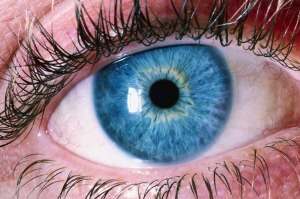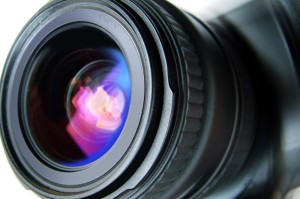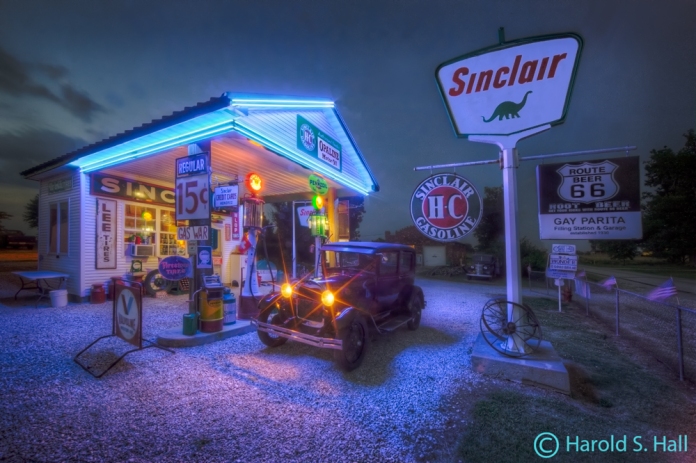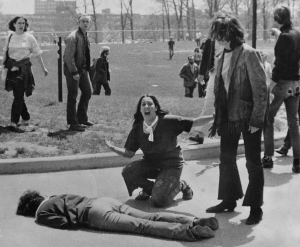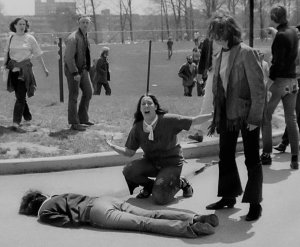(Six in Series of Six discussions on Photo Manipulation)
This is a wonderful book written by Ansel Adams in 1983. He selected 40 of his well-known photographs and goes into several pages of description for each of how he came upon the scene, went about capturing it as well as printing details and difficulties. Keep in mind that if every photo was printed without adjustments or manipulation, there would be no printing issues to discuss, since one would simply expose the photo paper for a few seconds and that would be it.

Winter Sunrise, the Sierra Nevada, from Lone Pine, California 1944
©The Trustees of the Ansel Adams Publishing Rights Trust
Scan courtesy of Masters of Photography
Continue reading →





